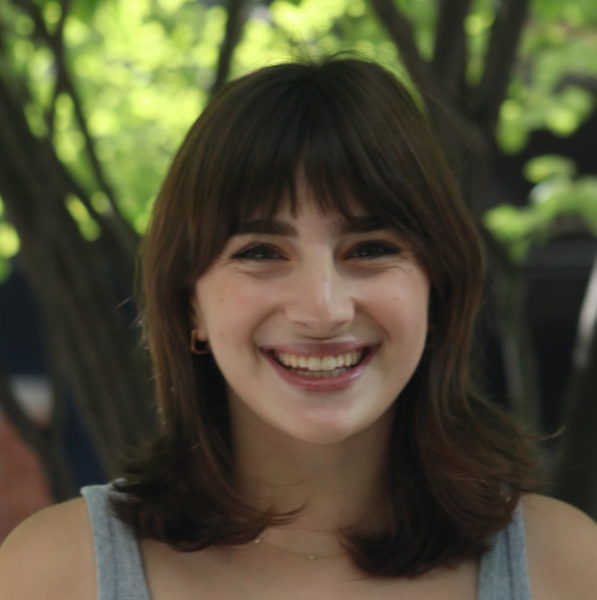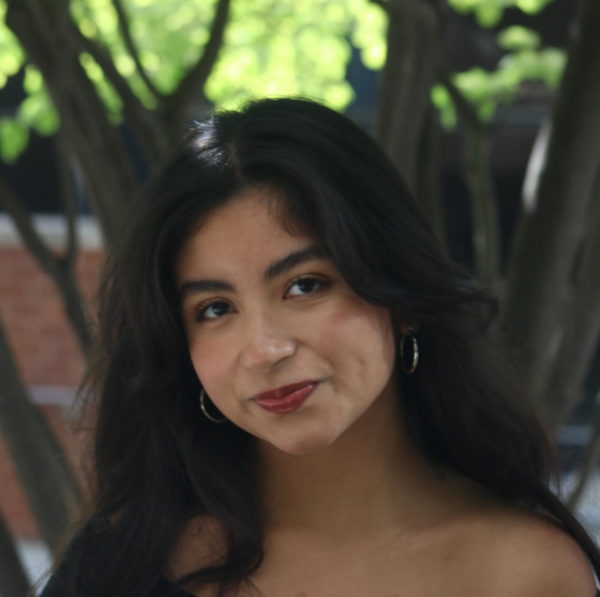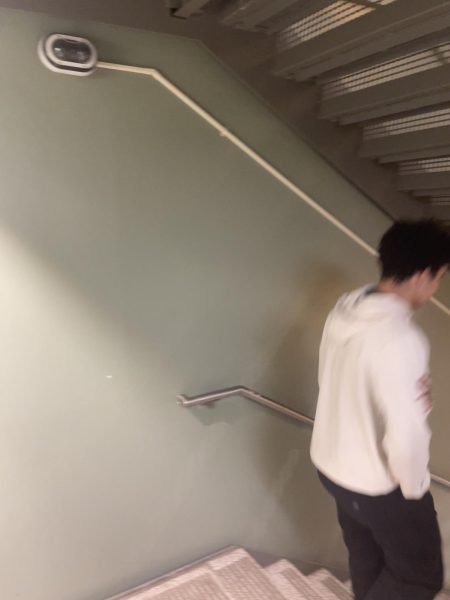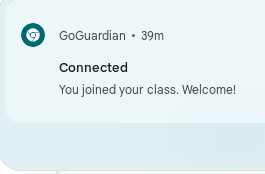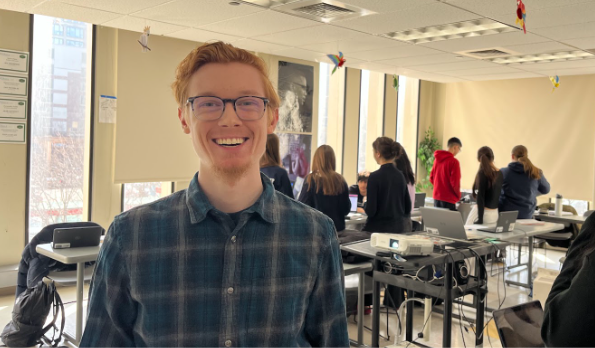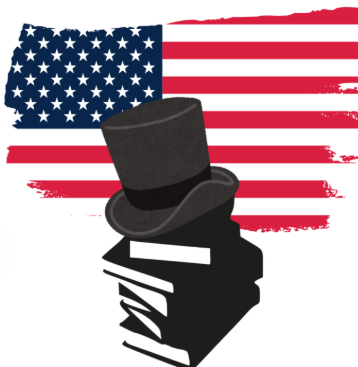Equitable education
Jones works to include cultural awareness in curriculum
Jones teachers have incorporated new culturally responsive and anti-racist teachings in their classrooms as part of a new push to a more equitable education.
Through Davis Squared, an anti-racist consulting firm, teachers are attending trainings where they discuss the role of racism in people’s everyday lives.
“Last year they walked us through a history of systemic racism in the country, how it has infiltrated the educational system, and how it led to groups being marginalized throughout history,” said Math teacher Kyle Eck.
Teachers are now being trained on how to incorporate anti-racist methods at Jones to better serve the school community.
“This year we’re starting to get closer to implementing stuff in our classroom practice,” Eck said, “[such as] talking about things you might do in your class to bring in student voices and classes that are more responsive to students.”
Teachers and administration are working together to achieve a common goal of integrity and a sense of equality within their classes.
“The school is on a mission to try to make the school a more equitable place,” said Social Science Department Chair Nathan Tornow, “whether that’s teaching, learning, or incorporating these ideas in the curriculum.”
Jones has a relatively diverse population, with people coming from all different backgrounds from different parts of the city.
“You encounter people with differences in gender, sex, race, and religion,” Tornow said. “But there are all the microaggressions that go on in the hallways that we miss as teachers, and I feel I need to say: that is not okay.”
Incorporating diverse perspectives looks different depending on the subject and curriculum.
“This is a tiny step, and I want to go way beyond this; my starting point is I start each class with a thought of the day,” said Tornow. “For example, we cover the Jewish holidays because most kids in the room don’t have any idea what Rosh Hashanah is. I hope that that tiny example makes my Jewish students feel just a little bit more recognized and understood.”
However, certain subjects appear to have little room to integrate cultural inclusivity into the curriculum.
“We have the standard everyday curriculum that we want to teach,” said Eck. “We don’t have a class that is strictly social justice math, and I feel like in Math 4 we have advertised that we’re going to teach precalculus.”
This issue is not uncommon, but in subjects like English or history there is an “easier” way to have these conversations.
“In English, we’ve been thinking about language ideology and standard academic English because it appears everywhere,” said English teacher Jeremy Quach. “A lot of the work we’ll do with critical lenses is really important.”
Teachers are coming up with unique ways to incorporate these ideas, but report that it takes time to develop them thoughtfully.
“How can I teach the American Revolution through the lens of inclusivity and equity? I need to hear the voices of the people that are never heard,” said Tornow. “I can find that, but not in many of the books that I have. I have to go digging for it, and it takes hours of time to incorporate it.”
Due to Jones’s diverse population, there are many different cultural identities within the school, which can cause conflict if not addressed.
“There were a lot of concerns from students that teachers are not sensitive or conscious of their needs in the classroom,” said Assistant Principal Dr. Therese Plunkett.
Incorporating anti-racism in the curriculum is a hard task, because it requires teachers to look deeper and not just scratch the surface.
“When thinking about anti-racist teaching specifically in English classrooms, it has to go beyond who we read in class. Just reading a ‘diverse’ author does not make your classroom anti-racist,” said Quach.
This is something that administration is aware of and recognizes that it will take time to integrate this fully.
“It’s going to be difficult work with no silver bullet. It’s a process, not something that’s going to happen overnight,” said Plunkett.
Teaching anti-racism in school allows students to take these lessons and apply them outside of class.
“For me, anti-racism relies on a set of skills and it’s a way of being in the world,” said Quach. “So that when students leave my class they’re able to be anti-racist with new things they experience in the world, not just me giving the history of racism.”
Despite challenges, teachers value these lessons and believe that they will have a better approach to understanding identity and culture.
“The goal is intersectionality,” said Quach. “It’s about applying multiple lenses like gender, class, and race in order to think about how these things work together to present an accurate and really complex picture of what it means to be in the world.”

